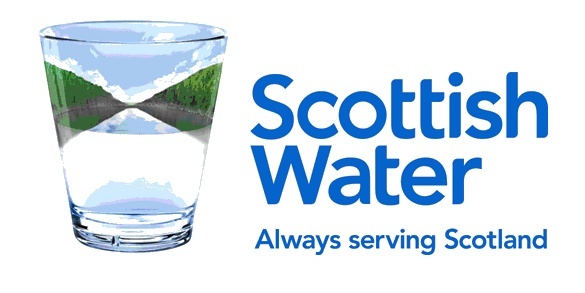Scottish Water has been fined £6,000 after a sewage discharge into a Perthshire burn killed hundreds of fish.
Waste spilled from an overflow pipe at the water company’s Methven sewage treatment works for around 48 hours.
Despite spending £2.4m on the facility, Scottish Water admitted failing to install an alarm at the works in direct breach of its licence conditions.
Perth Sheriff Court was told that had the alarm been in place the firm could have limited the amount of sewage that flowed into the Methven Burn on September 4 and 5 2010.
The Scottish Environment Protection Agency (SEPA) described the discharge as “a serious pollution incident” and criticised Scottish Water for risking the environment and public health.
Sheriff Lindsay Foulis meanwhile was also critical of the company, which he said had averaged one criminal conviction every two months for the past nine years, resulting in hundreds of thousands of pounds worth of fines.
The latest incident was uncovered as SEPA officers followed up reports of dead fish in the Methven Burn and they swiftly traced them near an emergency overflow pipe leading from the Methven sewage treatment works.
Further investigations revealed that partially treated sewage had been discharged into the Methven Burn from an outfall pipe for a period of time on September 4 and 5 and that no alarm had been activated.
The court heard the lack of an alarm had delayed the discovery of the sewage overspill, resulting in the death of more than 560 fish. Though the utility firm admitted failing to install the alarm, it also pleaded with the court for leniency, with its in-house solicitor Jan Connerton giving the often repeated defence that every penny it was fined would only hurt customers.
She told the court that the company dealt with in the region of one billion litres of sewage each and every day and was therefore was involved in “a relatively small” number of incidents.Human wasteIn September 2009, Scottish Water was fined £1,700 after it admitted allowing a torrent of stinking water filled with human waste to pour into a Carse of Gowrie burn.
Human error was identified as a key factor in a chain of events that saw safeguards at Inchture village pumping station fail and a deluge of waste overflow from storage or “storm” tanks.
Sewer pipes became clogged after a piece of machinery was dislodged during routine maintenance, blocking the pipe and allowing solid waste to build up around it.
Coupled with heavy rainfall, that error then saw sewage overpower the pumping station on July 13, 2009, sending sewage into an unnamed tributary of the Huntly Burn.
The latest incident narrated at Perth Sheriff Court was apparently the result of a build-up of debris in pipes at the Methven treatment plant, caused by high winds.
The court was told the debris had blocked pipes, causing partially treated sewage to back up and eventually spill from the overflow into the burn.
Scottish Water pled guilty to two charges of failing to comply with conditions in their licence.
Continued…
The first stated that the utility contravened its water use licence by failing to ensure that a telemetry alarm system, connected to a 24-hour response system, was both provided and maintained to ensure notification to the responsible person in the event of operation of the emergency overflow.
The company also admitted failing to comply with regulations governing operation of the emergency overflow, which permit discharge to the water environment only when the pumping station is inoperative as a result of an electrical power failure, rising main failure or blockage of the downstream sewer.
SEPA’s investigating officer Gail Castle said it had been “a serious pollution incident”.
“If Scottish Water had installed the telemetry alarm system, as required by the conditions of their licence, the impact of this event could have been much reduced,” she said.
“If Scottish Water had been aware of the spill as soon as it happened, they would have been able to respond accordingly and perhaps limit the amount of sewage that ended up in the Methven Burn.
“The Methven Burn is a tributary of the East Pow, (part of the River Tay Special Area of Conservation), and a discharge of partially treated sewage, with elevated nutrient levels, is very serious.
“As well as this pollution posing a risk to the environment it also raised public health considerations, as members of the public could have come into contact with the sewage pollution in the watercourse.”
